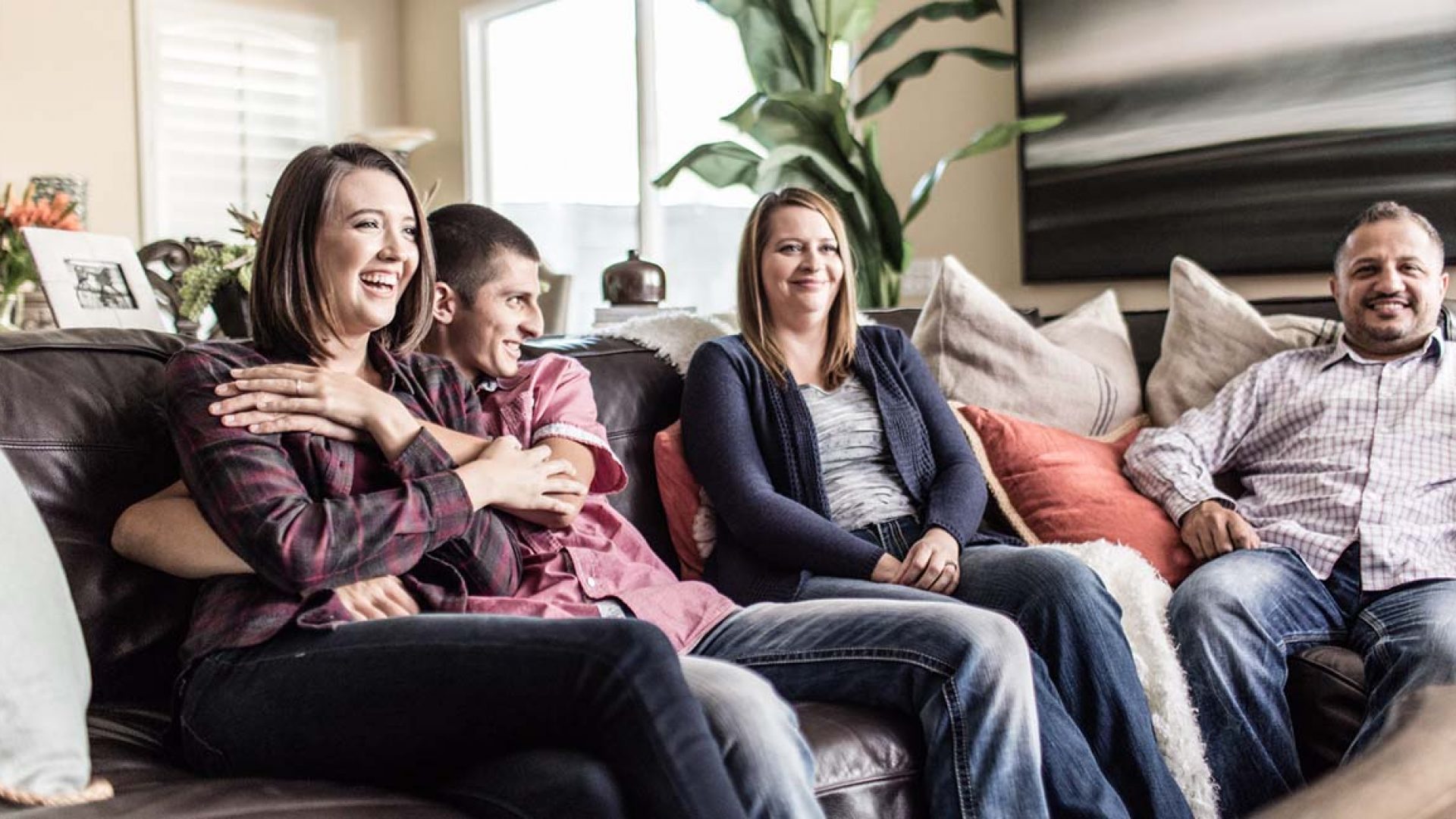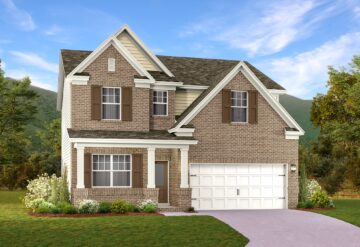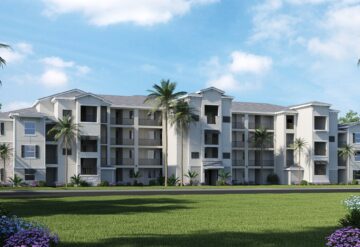A record 60.6 million Americans — almost one in five – lived in multigenerational households in 2014, according to a recent Pew Research Report. While for some it may seem like a thing of the past, this living trend is making its way back due to current financial situations and other contributing factors. Lennar has already hopped on board with this trend by building innovative floor plans designed for multigenerational living known as The Home Within A Home®. This recent Forbes article by Sherri Snelling, highlights why families across the U.S. are choosing Lennar’s The Home Within a Home.
Two Homes, One Price
Lorraine and Dale Hansen, 43 and 38, respectively, just had twins two years ago when they decided to make a move into a more “family-friendly” home and community. At the same time, Lorraine’s parents were still living in their family home but suffering from increasing health issues. Her retired father, 72, had a stroke after triple bypass surgery and this was after years as a polio survivor. Her mother, self-employed and 68, had spent 25 years living with the pain of fibromyalgia.
As the Hansens were househunting in San Bernardino County, Calif., they saw a sign, “Two homes, one price” that caught their eye. It was a new housing development by Lennar Homes featuring the company’s new multigenerational floor plans in its Nex Gen communities.
All the floor plans include two homes — a main home area starting at 1,800 to 2,200 square feet with a private apartment starting at around 700 to 800 square feet. There are also several larger plans with the additional home at about one-fifth the size of the main home. Both “homes” have private entrances and parking, but with a connected door for convenience and safety.
This true “full house” of new multigen family living was offered at a price in the range the Hansens had been looking. The choice seemed easy.
“My husband was completely behind the decision to ask my parents to move literally next door,” said Lorraine. She added that her parents, who had downsized to a mobile home for livable convenience based on their health, found the idea of privacy with proximity to family irresistible.
Both generations gained something unplanned: The Hansens, who work full-time, now had built-in day care for their young twins and meals prepared when they arrived home. That gives them more time with their children at night. Lorraine’s parents, who helped with the down payment (which has been paid back by the younger couple), now have more flexibility in their fixed-income decisions. Lorraine said that given their multiple health issues, her parents were sometimes deciding between filling a prescription or not. Now, those financial choices are no longer a worry.
All in the Family
Lennar Homes launched its first Nex Gen community in Phoenix five years ago and became an early leader in the multigen phenomenon. (See an example of a Nex Gen floor plan on this page.) Other developers, such as Toll Brothers and Pardee Homes, have followed. Today, Nex Gen has mushroomed to more than 300 multigenerational communities surrounding large metropolitan areas in several states — triple the number just over a year ago. They include California, Nevada, Oregon, Washington, Arizona, Texas, Colorado, Minnesota, Florida, Maryland, Virginia, North and South Carolina and the most recent community outside Nashville.
“The economic downturn in 2007 to 2009 may have driven families to come together under one roof out of need, but today this increasing multigen living is by choice,” says Donna Butts, executive director of Generations United, a group dedicated to improving lives of children and older adults through intergenerational programs and services.
While financial need may have driven the growth spurt in multigen homes, Butts feels this trend is positive for our country and for our communities. While she says there has been societal pushback — we’ve been taught we’re not successful unless we’re independent — there is a growing evolution towards interdependence that is becoming more important among family members.
[Read the full article here]




